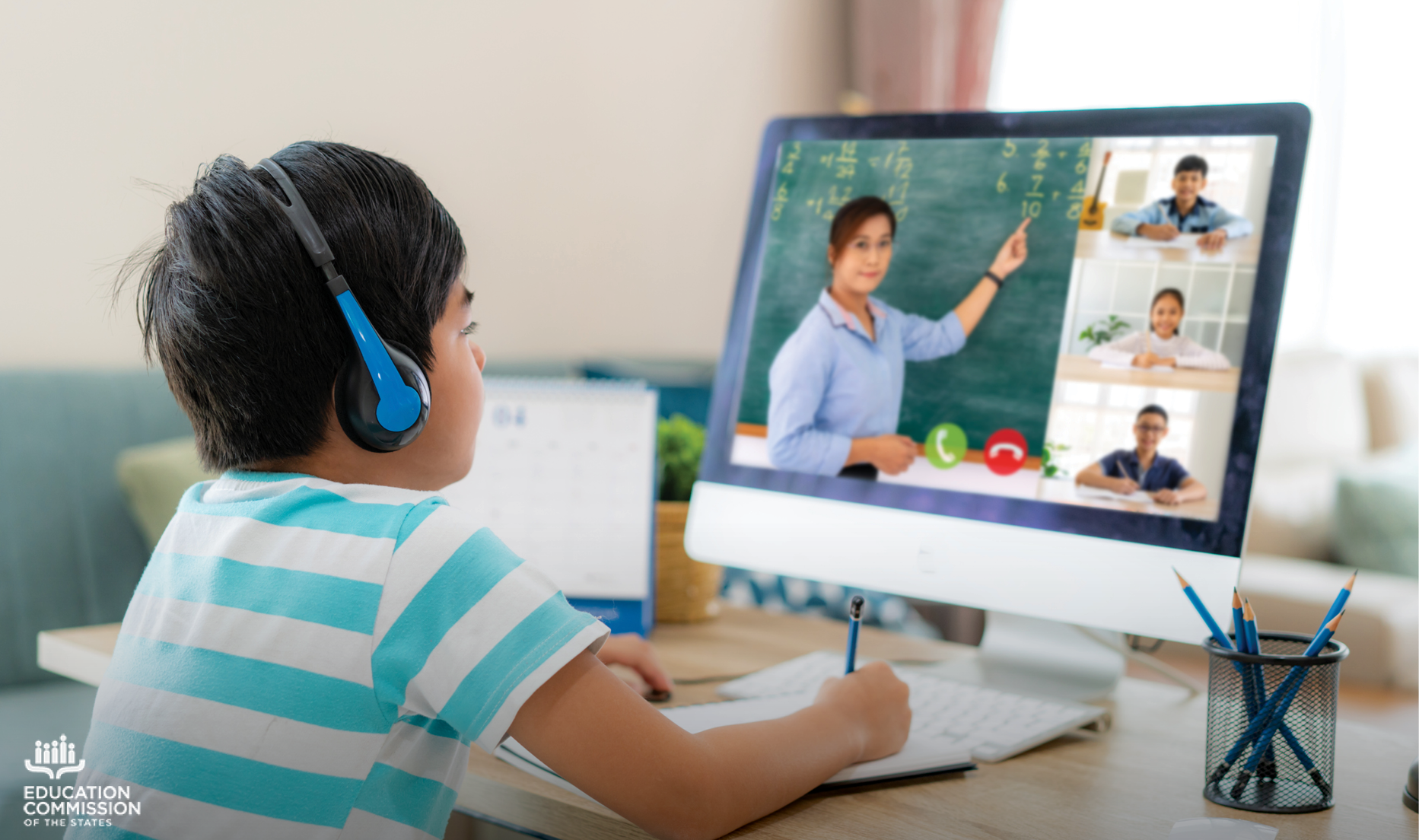The dramatic shift to digital learning at the start of the pandemic called for bold, innovative state policies to ensure that all students were being served regardless of where they lived. States had to move quickly, and in Nevada key state education leaders sprang into action to bring together stakeholders and identify a plan to ensure that the state’s 485,705 students had access to technology and connectivity.
However, access alone wouldn’t ensure students were receiving the support and high-quality instruction they needed; efforts to equip teachers with resources, materials and strategies were just as important to consider as Nevada began implementing digital learning across the state.
Getting students connected was a primary issue for the state to tackle. Growing out of Gov. Steve Sisolak’s COVID-19 Task Force, a bipartisan public-private coalition of state leaders was formed with the goal of connecting every K-12 student and helping to close Nevada’s digital divide. Communities in Schools Nevada, the Elaine P. Wynn and Family Foundation, and the Public Education Foundation led the way on this initiative.
Beginning in August 2020, Connecting Kids Nevada hit the ground running and mobilized partners at national, state and school levels. From Attorney General Aaron Ford securing approximately 18,000 hotspots through T-Mobile’s “Project 10Million” program to establishing a virtual family support center in Clark County that answered over 45,000 family and community questions — tremendous efforts were undertaken in every corner of the state. By January 2021, Connecting Kids Nevada had reached and connected every student in the state.
Along with the work of Connecting Kids Nevada, the department of education engaged in conversations about how to give teachers access to high-quality digital learning curriculum, professional development and other necessary resources. From those conversations, the Nevada Digital Learning Collaborative was born. A key component of this collaborative is the partnership with “digital engineers” — teachers, administrators, coaches and others — that serve as experts in digital teaching and learning.
Together, the collaborative built a state network of digital ambassadors and developed resources to support educators in incorporating distance learning through model curriculum, competencies, learning progressions and templates for learning design to develop future-ready students. The Digital Learning Collaborative now serves as a central hub for educators and administrators to access on-demand professional development, materials and strategies to connect and engage with students through virtual channels.
The instructional shift to incorporating digital and blended learning will have long-lasting impacts for how students learn. By creating a sustainable model now, Nevada is positioned to build upon this work to create a system that provides the highest quality education for students and families regardless of their location or learning environment. Nevada state leaders are excited to connect with other states interested in this work to ensure that learning is for everyone.




